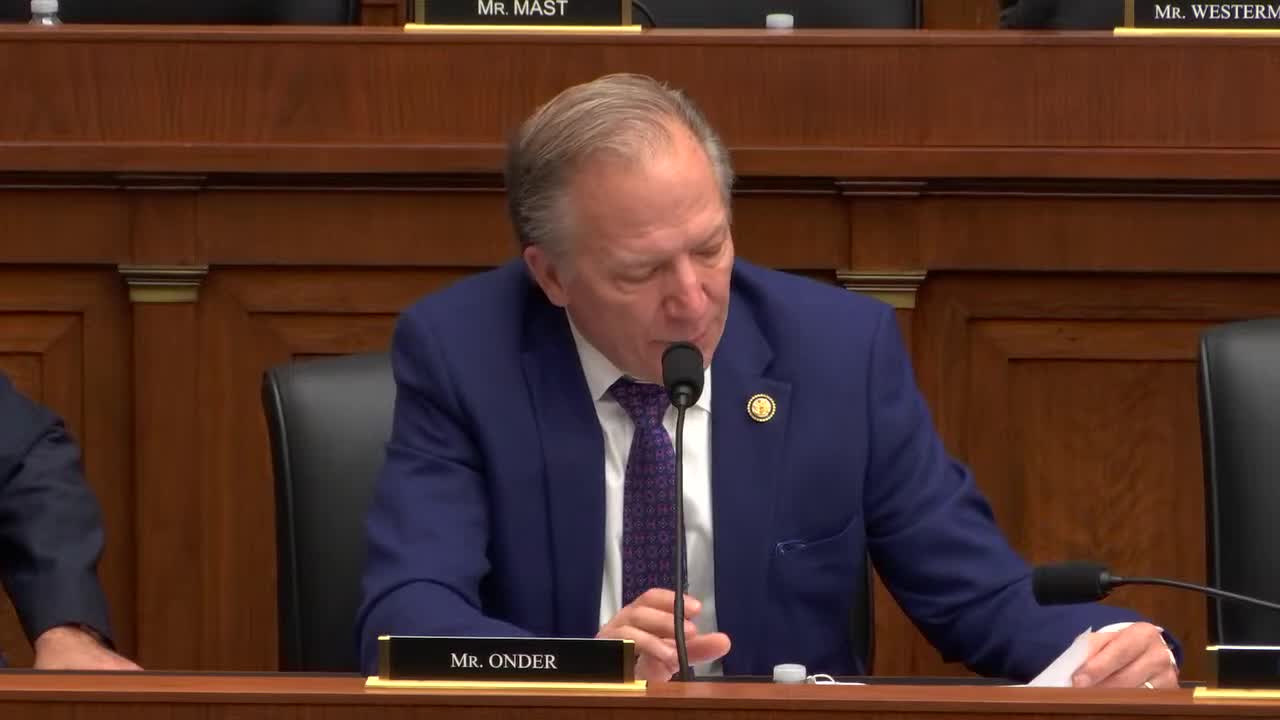
This article was created by AI using a video recording of the meeting. It summarizes the key points discussed, but for full details and context, please refer to the video of the full meeting. Link to Full Meeting
The discussions underscored the critical role of the Brownfields Program in revitalizing communities burdened by disinvestment and public health risks associated with contaminated properties. Committee members expressed concern about potential "mission creep," where the program could shift focus from its primary goal of site cleanup to becoming merely another vehicle for affordable housing development. However, many witnesses argued that the overwhelming need for both cleanup and housing could coexist without diluting the program's mission.
A significant point raised was the allocation of $1.5 billion from the Infrastructure Investment and Jobs Act (IIJA) to support the Brownfields Program. This funding is expected to benefit various communities, including Los Angeles, where grants have been awarded for cleaning up sites like Taylor Yards, an old railway line that will be transformed into parkland for a community lacking green spaces. Such projects not only protect public health but also create jobs and stimulate local economies.
Witnesses emphasized the importance of enhancing the program to better serve communities. Suggestions included increasing the low-income housing tax credit to incentivize private investment in affordable housing on brownfield sites and expanding federal funding for necessary infrastructure improvements, such as water and sewer systems. These enhancements are seen as vital for making brownfield redevelopment more attractive to developers.
Additionally, the meeting explored the potential for new federal initiatives, such as expanding the New Markets Tax Credit and Opportunity Zone programs specifically for brownfields. These measures could encourage mixed-use developments that combine housing with commercial opportunities, thereby maximizing the benefits of redeveloped sites.
In conclusion, the committee's discussions reflect a growing recognition of the interconnectedness of environmental cleanup and housing needs. As communities face increasing pressures from both contaminated sites and housing shortages, the Brownfields Program stands at a pivotal point. The proposed enhancements and funding allocations could significantly impact the future of urban redevelopment, making it essential for lawmakers to act decisively in support of these initiatives.
Converted from Cleaning Up the Past, Building the Future: The Brownfields Program meeting on May 08, 2025
Link to Full Meeting
Comments
View full meeting
This article is based on a recent meeting—watch the full video and explore the complete transcript for deeper insights into the discussion.
View full meeting